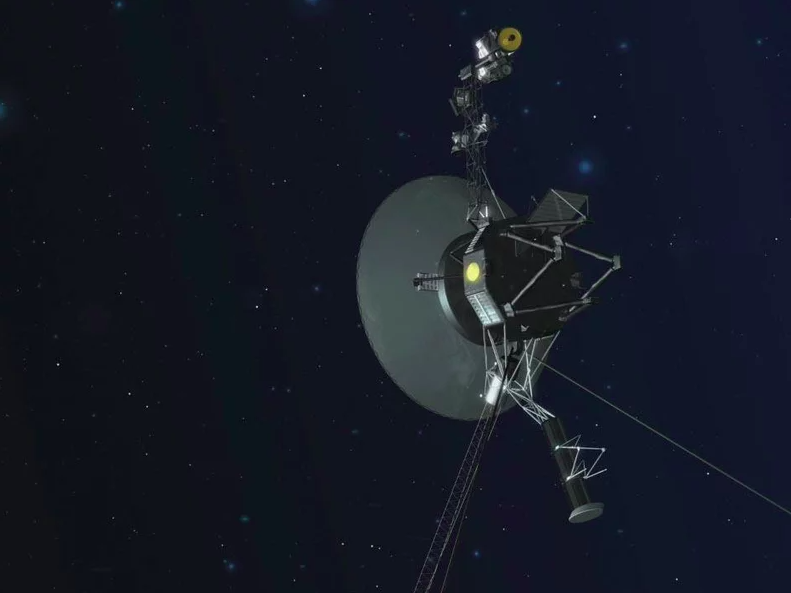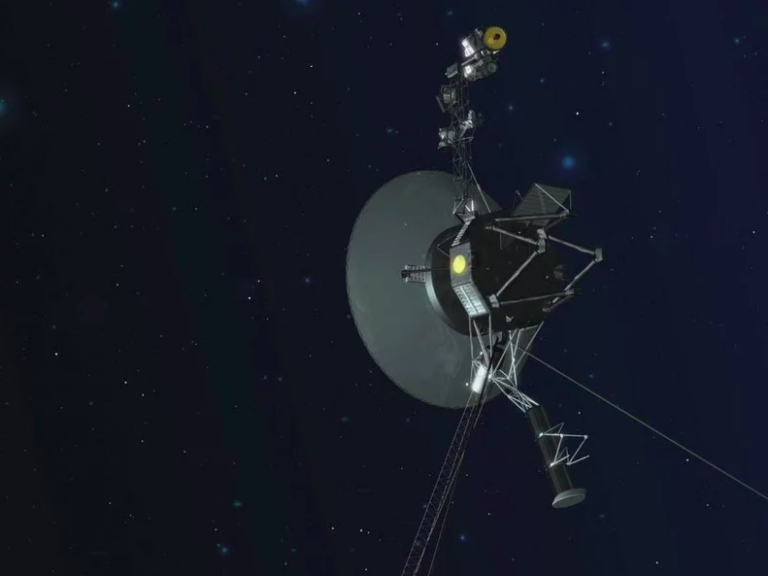Voyager 1 Probe in Interstellar Space Encounters Communication Issue, Unable to Establish Contact (Again)
Currently, the probe is transmitting back to Earth nothing but incomprehensible binary data.
NASA’s Voyager 1 probe faces a communication hiccup, rendering it incapable of relaying scientific or operational data back to Earth. Despite its ability to receive commands, the spacecraft’s computers seem to have encountered an issue.

NASA/JPL-Caltech
The flight data system (FDS) of Voyager 1, responsible for gathering onboard engineering data and scientific instrument information, is experiencing a breakdown in communication with the probe’s telecommunications unit (TMU). As described in a NASA blog post on December 12, the FDS typically compiles spacecraft data into a package transmitted through the TMU. However, lately, this data package has been transmitting a repetitive pattern of binary code, stalling the information flow.
The Voyager team has identified the problem originating from the FDS, but a resolution might take several weeks to materialize. Both Voyager 1 and its twin Voyager 2, launched in 1977, hold the record for the longest-operating spacecraft in history. Situated in interstellar space over 15 billion miles away from Earth, the time delay for communication with these probes exceeds a day, making troubleshooting a lengthy process.
Simply rebooting the system isn’t an option, as attempted, proving unsuccessful due to the spacecraft’s age and specific hardware. NASA engineers grapple with the challenges posed by outdated technology, often resorting to inventive software solutions within the constraints of 1970s-era technology.
This recent malfunction adds to Voyager 1’s previous issues, including anomalies in its attitude articulation and control system (AACS) noticed in May 2022. A temporary workaround was eventually found after months of transmitting erroneous telemetry data. Another update in October 2023 aimed to resolve the issue and prevent residue buildup on the probes’ thrusters. However, implementing these fixes is a slow process, involving thorough consultations of decades-old documents to comprehend the implications of new commands on the spacecraft’s operations, ensuring they don’t cause unintended consequences.
This article is republished from SpaceCom under a Creative Commons license. Read the original article.
Do not forget to share your opinion with us to provide you with the best posts !




0 Comments